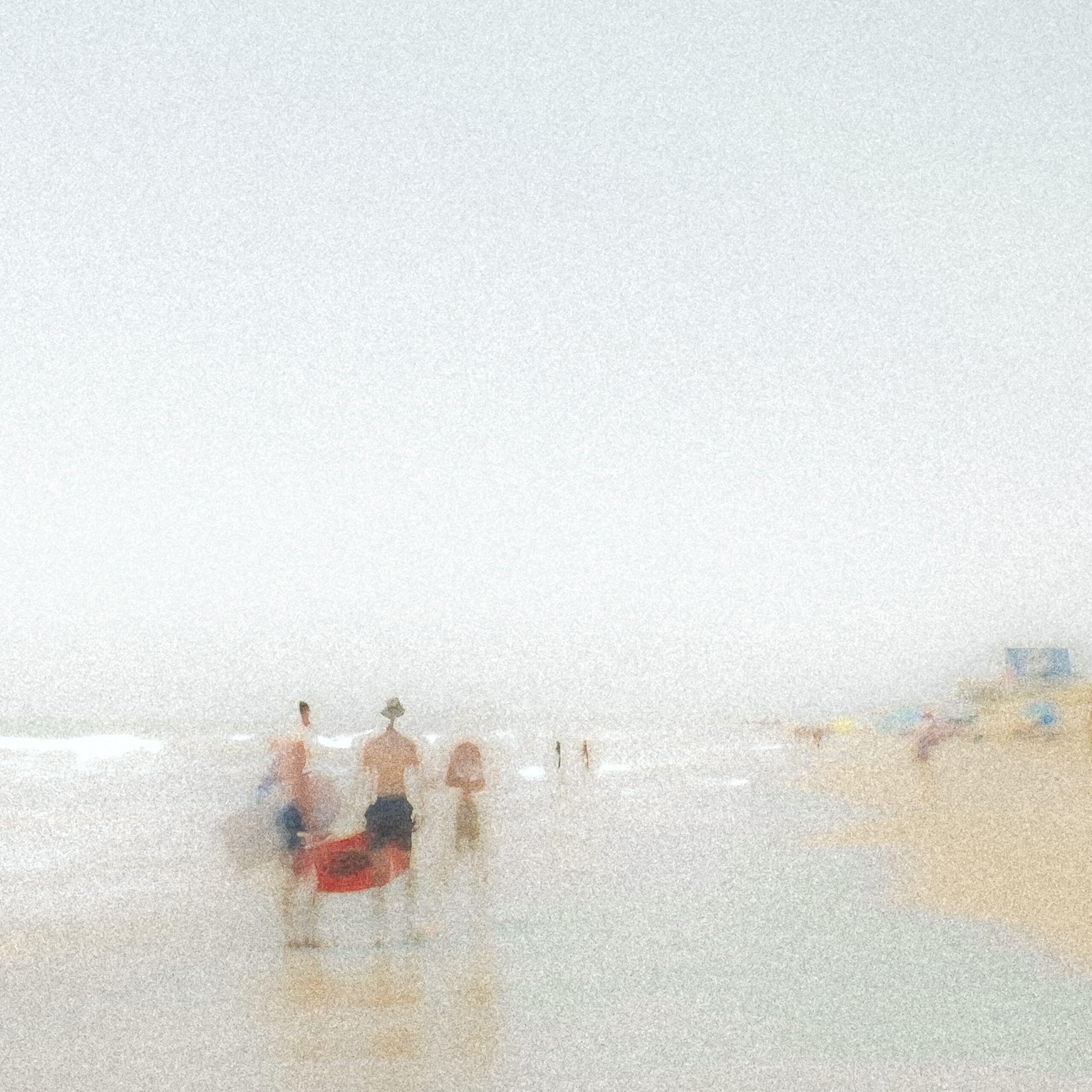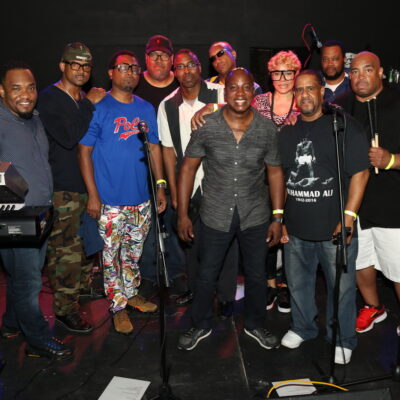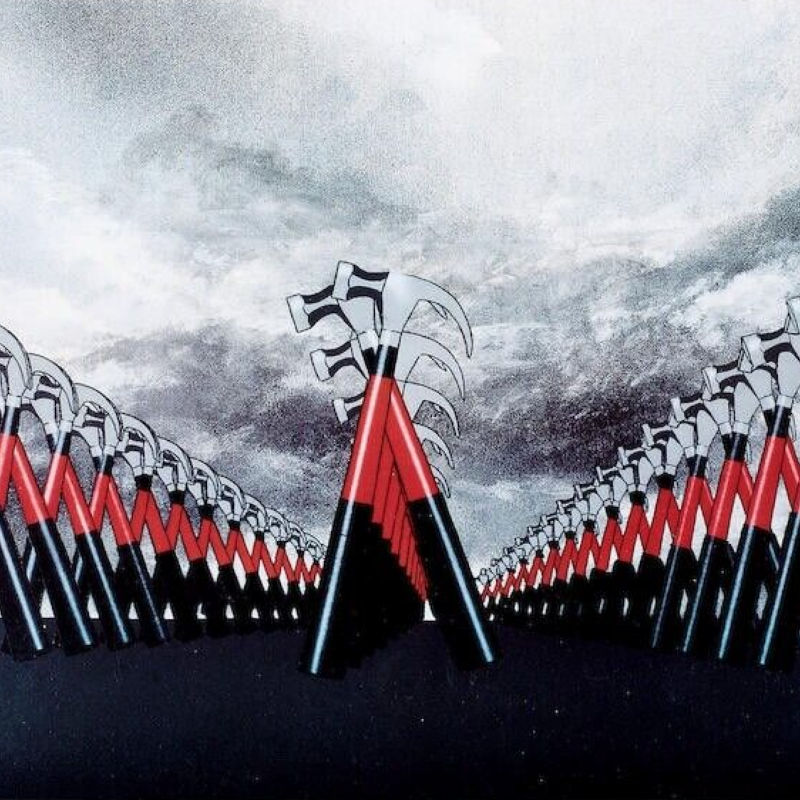Did you hear the one about the photographer who went out of his way to take terrible pictures?
It’s no joke. For his latest project, Ézé Amos, whose photojournalism has regularly appeared in The New York Times, The Washington Post, and C-VILLE Weekly, has been intentionally ruining his own work. And he’s not hiding his mistakes. He’s showcasing them in “Ézé Amos: Beach People,” opening on June 6 in the Dové Gallery at Second Street Gallery.
Forget Gidget, or Frankie and Annette, Amos has his own unique take on the folks who soak up the sun, surf, and sand.
“So I go to the beach,” Amos explains. “I set my camera to, say … My ISO on a sunny day will probably be, like, 1000. I mean, who does that? That is crazy, right? … I’m shooting at a ridiculously low shutter speed, so that the images, you know, people in the image—if they’re walking by, they’re blurred.”
There’s an almost devilish glee in his broad smile as he talks about his indulgences in such photographic taboos as intentional camera movement and flagrant overexposure—like the crafty kid who raided the cookie jar behind mom’s back.
“Everything is just bad,” he says, cheerily. “But that’s exactly what I’m looking for.” The initial version of the shot is merely the jumping-off point.
“You will not see the final photo in the original photo,” Amos says. “Say this is the original photo: I will crop down to this tiny space. Maybe there are two or three people there that I will enhance. It’s that story I want to tell. I’m telling the story of dots in that big photo.” Amos’ hands claw the air, as if he is tearing apart a phantom artwork. “So, I go in, I dig and I just try to bring it out. It’s stories between a story, within a story, that I’m trying to pull out to make a bigger story.”
Amos retrieves an oversized, rolled-up print from the trunk of his car and unfurls it, with the help of fellow photographer Meredith McKown, who has stopped by to say hello. The square image looks nothing like a traditional photo. You could easily mistake it for a pointillist painting. The sky and the water are not radiant blue; they are the color of fog. A streak of heavily diluted yellow, the shade of shortbread, represents the beach. Standing a few feet away from the shore is a slender figure wearing what looks like a black bikini and a hat with a broad brim. Take a few steps back, and the image becomes a bit clearer, although it’s still awash in mystery. Is the woman covered with a pale pink sheath, or is that just a trick of the light? Is she relaxing, or ruminating lost in thought?
As a photojournalist, Amos tells stories through captured moments, in “Beach People,” he has turned the tables, inviting viewers to create their own narratives through photos compiled from sessions in North Carolina (Rodanthe, Nags Head, and other Outer Banks communities), Virginia Beach, and the Mexican beaches of Tulum.
Amos says he is excited and scared in anticipation for what he’s calling an experiment. “I started developing this real collection,” he says. “And now, I have all of this beautiful stuff that I would like to show and share with people. And so, they’ll see the dumb, stupid, or maybe the genius thing that I’ve been playing with. But, hey, we’ll see. The jury’s still out for now.”
The project has also given him an opportunity to reconnect with his past, to look through the lens the way he did when he was a teenager in Nigeria, fooling around with his first camera. “When I discovered photography,” says Amos, “I was just a kid that just wanted to photograph. I was not bothered by all of the noise and the craziness of perfection or doing the right job.”
About a year or so ago, Amos thought, “How cool would it be for me to go back and relearn the wisdom of my ignorant days? The idea of going back to do things like I didn’t know what I was doing. To just have fun with the camera, and not overthink it … That’s actually how this whole thing came about.”
“Beach People” is a chance for the professional photojournalist to dabble in something different. “I cannot wait to see how people react to some of this, because first off, people don’t know me as a color photographer,” says Amos. “I’m known mainly as a black-and-white photographer. So, putting a body of work together that is color—all of it is color—it’s quite unusual, and we’ll see. We’ll see.”
Ézé Amos’ “Beach People” is on view at Second Street Gallery from June 6 through July 18 with an artist talk on June 19. Photo: Courtesy of the artist.






